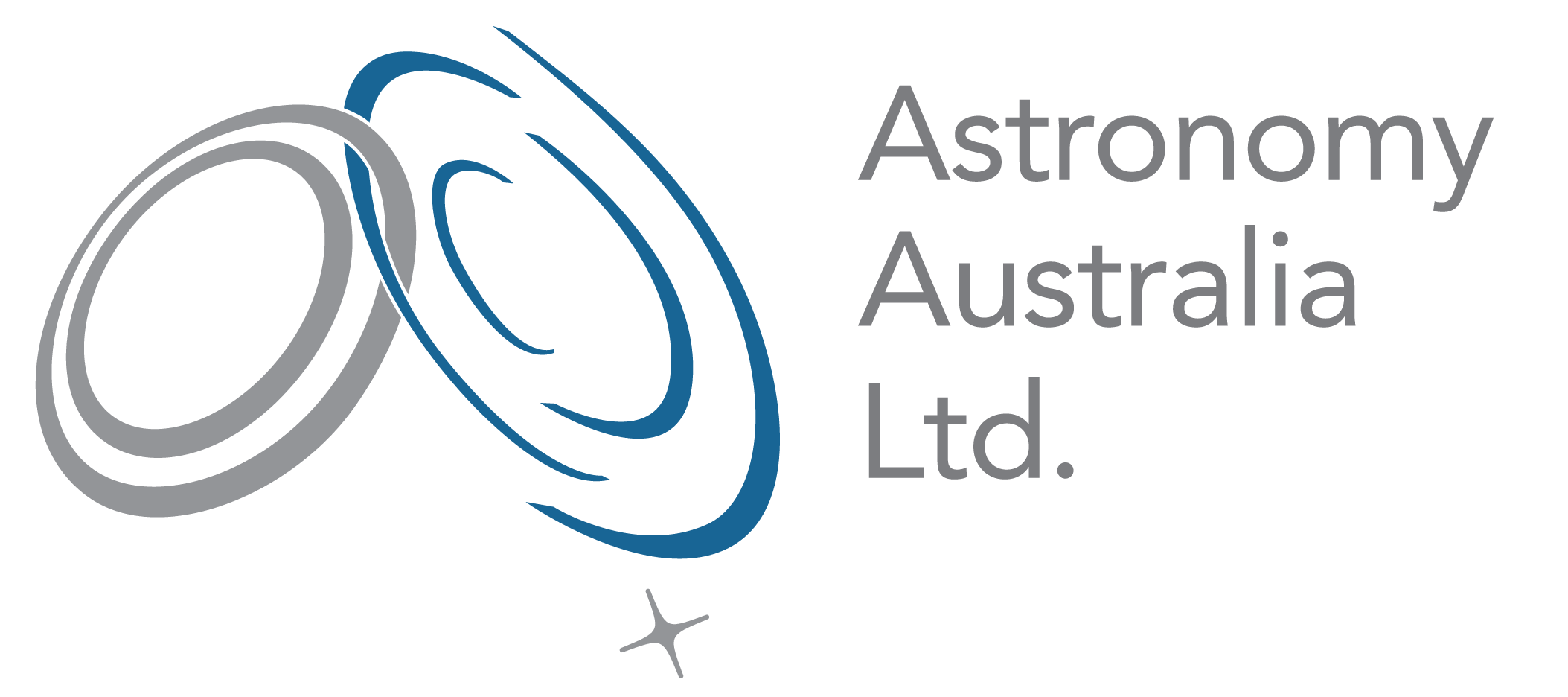Proposals for ESO time (in late August, Oct and Dec 2020) to use the Atacama Pathfinder EXperiment (APEX) antenna on Chajnantor will also be considered on the same basis as those from any ESO member state.
Owing to the COVID-19 situation, the original proposal deadline of 26 March 2020 has now been extended to Thursday 23 April 2020 at noon Central European Summer Time (8pm Australian Eastern Standard Time, 6pm Australian Western Standard Time).
Complete details on how to apply can be found at the P106 Call for Proposals web page. All applicants should consult the Call for Proposals document for Period 106, and will require an ESO User Portal account to submit proposals.
A wealth of information for Australian applicants can be found on AAL’s Australian ESO Forum. Any questions about policies or the practical aspects of proposal preparation should be addressed to the ESO Observing Programmes Office, [email protected]. Applicants who may wish to seek advice on proposal or observing strategies, optimal choice of instrument, etc. are invited to contact AAL’s ESO Program Manager at [email protected].
ESO will normally only cover the observing expenses for 1 observer per Visitor Mode run. However there have been cases where ESO has agreed to waive the costs of flights and accommodation within Chile for a student who accompanies their supervisor, particularly if the student is able to cover the costs for getting to and from Chile. Supervisors awarded observing time at La Silla Paranal Observatory in Visitor Mode are encouraged to contact the Visiting Astronomers section with any request for student support before submitting their Travel Form.
What’s new in Period 106?
Applicants are strongly encouraged to review the expected changes in instrumentation offered and procedures for Period 106 given in Sec. 1.1 of the Call for Proposals. Among the items likely to be of most interest to the Australian community are:
